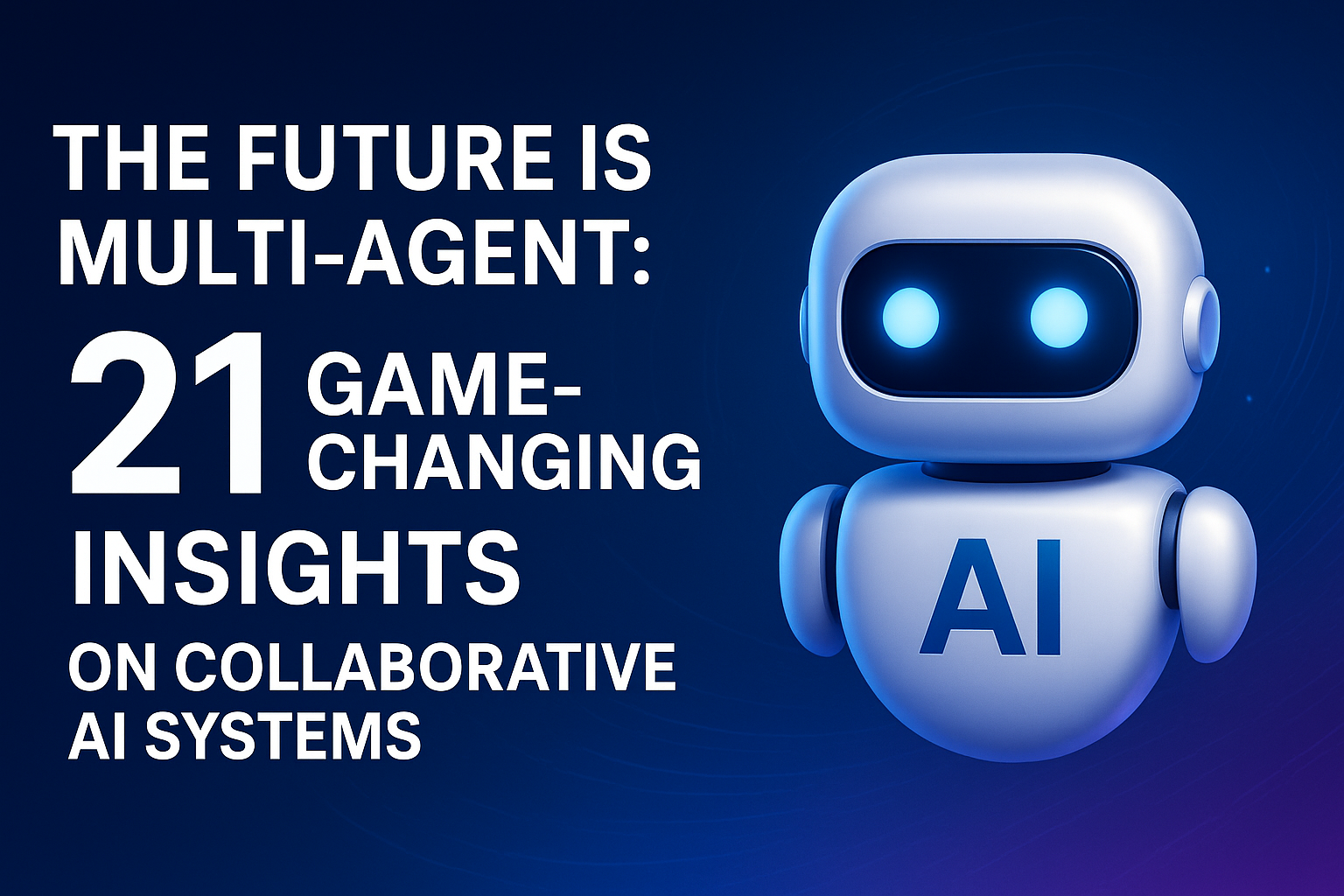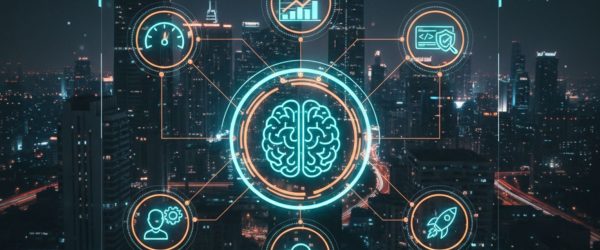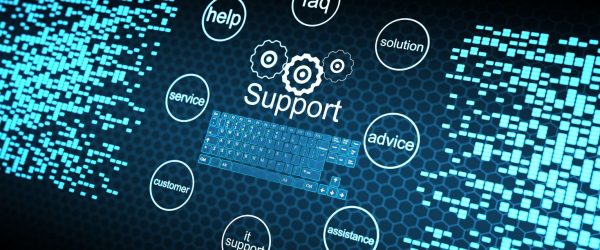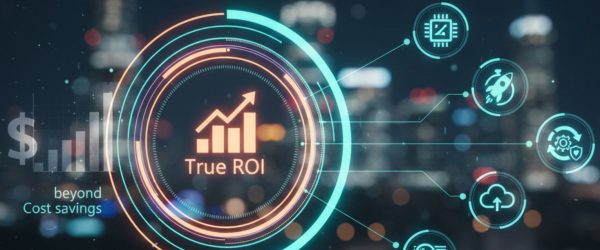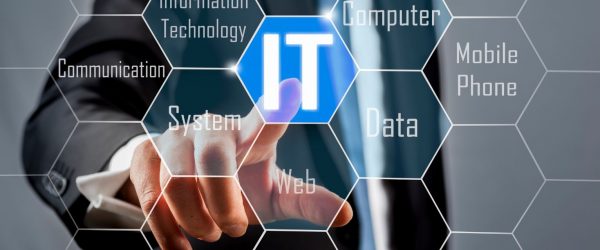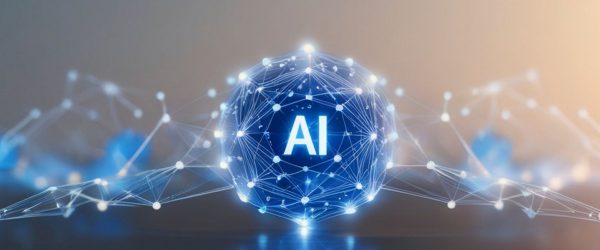🧠 Introduction: Understanding Multi-Agent AI Systems
We’re living in the golden age of intelligent systems, and multi-agent AI is fast becoming a dominant force. In this article, we’ll unpack what multi-agent systems are, how they work, and why they’re transforming everything from supply chains to smart cities.
These aren’t just fancy chatbots—we’re talking about networks of intelligent agents that collaborate, compete, and adapt in real-time to solve complex problems humans alone can’t handle efficiently.
🤖 What Is a Multi-Agent AI System?
At its core, a multi-agent system (MAS) is a group of intelligent agents interacting within a shared environment. Each agent is autonomous, can perceive its surroundings, and makes decisions based on specific goals.
🔄 Difference Between Single-Agent and Multi-Agent Systems
| Feature | Single-Agent AI | Multi-Agent AI |
|---|---|---|
| Decision-Making | Centralized | Decentralized or Distributed |
| Environment Interaction | Isolated | Shared with other agents |
| Scalability | Limited | Highly Scalable |
| Use Case | Personal Assistant | Smart Grid, Autonomous Fleets |
🧩 Centralized vs Decentralized Multi-Agent Systems
- Centralized MAS: One agent or system governs the behavior of others.
- Decentralized MAS: Each agent operates independently but cooperatively.
- Hybrid: Combines elements of both to optimize performance and scalability.
📈 Why Are Multi-Agent Systems Gaining Popularity?
🧪 Key Technological Advancements
- Advances in LLMs (like GPT-4 and Claude)
- Edge computing and IoT expansion
- Real-time streaming data processing
- Inter-agent communication protocols (e.g., FIPA)
🚗 Surge in Autonomous Systems & Robotics
Multi-agent frameworks make collaborative robots (cobots) and autonomous vehicles smarter by enabling dynamic coordination, traffic negotiation, and situational awareness.
🏭 Top 5 Industries Already Using Multi-Agent AI
1. 🚚 Logistics and Supply Chain
Multi-agent systems optimize inventory routing, dynamic fleet scheduling, and last-mile delivery using real-time data and predictive modeling.
2. ⚡ Smart Grid and Energy Systems
Power distribution now leverages agent-based optimization to:
- Balance loads
- Predict demand
- Integrate renewable sources efficiently
3. 💰 Financial Services
- Fraud detection via agent collaboration
- Algorithmic trading with portfolio-balancing agents
- Risk modeling across distributed systems
4. 🚘 Autonomous Vehicles
Each car becomes an agent, communicating with others to avoid collisions, manage intersections, and respond to live traffic conditions.
5. 🏥 Healthcare and Diagnostics
- Multiple diagnostic agents support real-time decision-making
- Collaborative surgery robots and triage systems enhance patient care
🛠️ How Multi-Agent Systems Work: A Breakdown
🗣 Communication & Coordination
Agents use defined protocols to share information, including:
- Task delegation
- Resource allocation
- Feedback loops
🧠 Negotiation & Conflict Resolution
Agents are designed with negotiation strategies and game theory models to resolve conflicts and achieve mutually beneficial outcomes.
🧮 Distributed Decision-Making
- No central controller
- Agents act on local knowledge and environmental feedback
✅ Key Benefits of Multi-Agent AI Systems
📈 Scalability & Efficiency
Easily handles increased complexity by distributing workload across agents.
🔄 Resilience & Redundancy
If one agent fails, others adapt or take over tasks seamlessly.
🧑🔬 Specialization and Role-Based Intelligence
Each agent can be designed for a specific role—some analyze data, others interact with humans, and some monitor systems.
🌍 21 Real-World Use Cases of Multi-Agent AI
- Smart grid load balancing
- Automated drone fleet coordination
- Real-time traffic light management
- Disaster response simulations
- Automated customer support escalation
- Negotiation bots in procurement
- Dynamic pricing algorithms in eCommerce
- Warehouse robot orchestration
- Real-time sports strategy simulations
- Cross-border logistics automation
- Multi-player gaming bots
- Peer-to-peer network governance
- Energy trading platforms
- Multi-agent cybersecurity monitoring
- AI-driven content moderation
- Virtual AI debate platforms
- Personalized learning assistants
- Climate modeling simulations
- Inter-bank settlement systems
- Insurance claim assessment agents
- Space exploration & planetary robotics
⚠️ Challenges and Risks in Multi-Agent AI Implementation
🔌 Communication Overhead
Too many agents can lead to bottlenecks in data exchange and system slowdown.
🧱 Trust and Safety Concerns
Agents must be secure and ethically aligned, especially in financial and defense systems.
🎯 Alignment of Goals
Misaligned agent goals can result in system failure or inefficiency. Goal orchestration is crucial.
⚖️ Ethical Considerations and Regulation
As agents begin making autonomous decisions, questions arise about:
- Accountability in case of errors
- Bias mitigation
- Data privacy and usage
Regulations like the EU AI Act aim to provide frameworks for safe, transparent deployments.
🧰 How to Build or Deploy a Multi-Agent System
🧪 Frameworks and Tools
| Framework | Description |
|---|---|
| JADE | Java-based FIPA-compliant MAS development |
| SPADE | Python framework for agent-based systems |
| Ray | Distributed computing framework for Python |
| Unity ML-Agents | Used in game and sim-based environments |
🌐 Data Infrastructure and Real-Time Capabilities
- Use event-driven architectures
- Leverage message queues like Kafka or RabbitMQ
- Enable stream analytics with platforms like Apache Flink
🔮 Future of Collaborative Intelligence
The future lies in AI collectives, where agents powered by large language models and real-time data collaborate like human teams.
Expect advances in:
- Interoperability standards
- Inter-agent emotional intelligence
- Self-healing AI swarms
❓ FAQs
1. What makes a system “multi-agent”?
Any system where two or more intelligent agents interact to achieve individual or shared goals qualifies as a multi-agent system.
2. Are multi-agent systems better than single-agent ones?
For complex, dynamic environments—yes. MAS excel at decentralization, scalability, and adaptability.
3. How secure are multi-agent AI systems?
Security depends on inter-agent trust protocols, robust communication layers, and goal alignment mechanisms.
4. Do multi-agent systems require machine learning?
Not always. Some use rule-based logic, but ML enhances adaptability and performance.
5. Can multi-agent AI systems collaborate with humans?
Absolutely. Human-agent teaming is a growing trend, especially in healthcare, defense, and education.
6. Is it expensive to develop a multi-agent system?
Costs vary. Open-source tools like JADE and SPADE lower the entry barrier, but enterprise-grade systems can require significant investment.
🧾 Conclusion
The multi-agent AI revolution is real, and it’s unfolding fast. With collaborative intelligence, we unlock systems that are scalable, smart, and resilient. Whether in managing power grids or driving autonomous fleets, multi-agent AI systems are shaping the future of automation and intelligent decision-making.
Want to stay ahead? Start exploring multi-agent frameworks today—and position yourself at the cutting edge of collaborative AI innovation.

